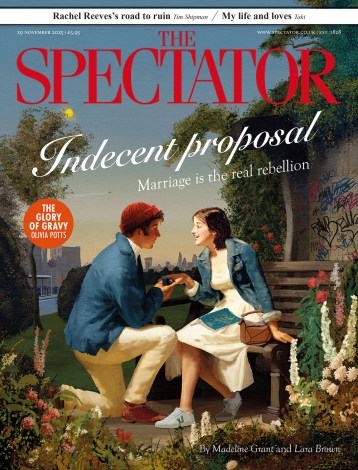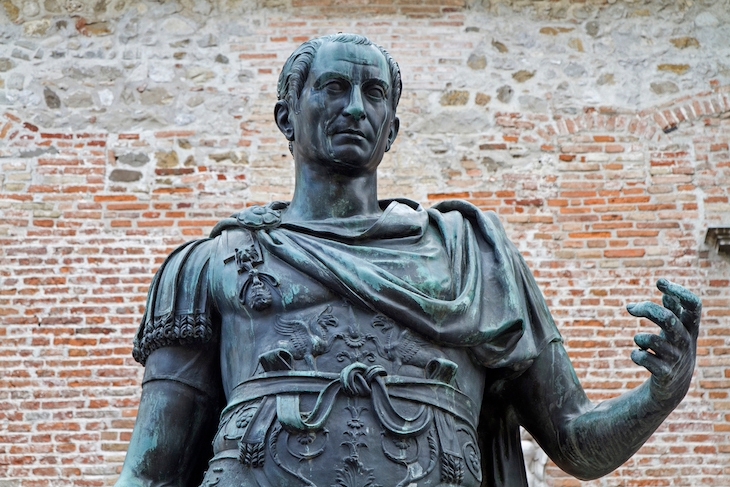All the news emerging from the White House seems to suggest that the USA is in that state so beloved by journalists — ‘total chaos’. But is the White House the USA? One could ask the same of the relationship between the Roman Empire and the emperor during much of the third century AD.
Between 235 and 285 AD, the Roman Empire, under severe assault from Germanic tribes and the Persian Empire, was wracked by civil strife. In that period, at least 51 men, legitimately or not, were hailed as ‘emperor’. Some of these lasted a matter of days, some months, and the longest 15 years.
But if the empire creaked, it did not fall apart; and the period from Diocletian (emperor 284–305) to Constantine (d. 337) saw the whole structure restabilised.
Further, if you were not among the elites, or a legionary in the Roman army, or living on the empire’s edge, it is possible that, for all the upheaval at the top, life might have trundled on much as usual.
The emperor had no interest in economic control — how could he anyway, in the absence of a centralised banking system? — let alone in ‘preserving jobs’. His main concern was to raise (relatively low) taxes to keep Rome fed, and supply and pay the army, in order to stamp out rebellion and protect the empire’s boundaries.
This tax-raising function was in the hands of the local elites running the 2,000 or so cities, overseen by the governors of the c. 40 provinces. For the rest, local economies got on as best they could. As long as the army maintained overall military control, the empire essentially ran itself, and had been doing so since (technically) 241 BC. Despite raising tax demands, debasement of coinage and constant change at the top, this culture of empire was firmly enough embedded to withstand even the turmoil of the 3rd century AD.
Which brings the argument back to the USA. The differences are, of course, enormous; e.g., the President’s heavy economic responsibilities, unknown to Roman emperors. But the USA’s well-established quasi-Roman federal culture is surely strong enough to endure whatever Trump throws at it.






Comments